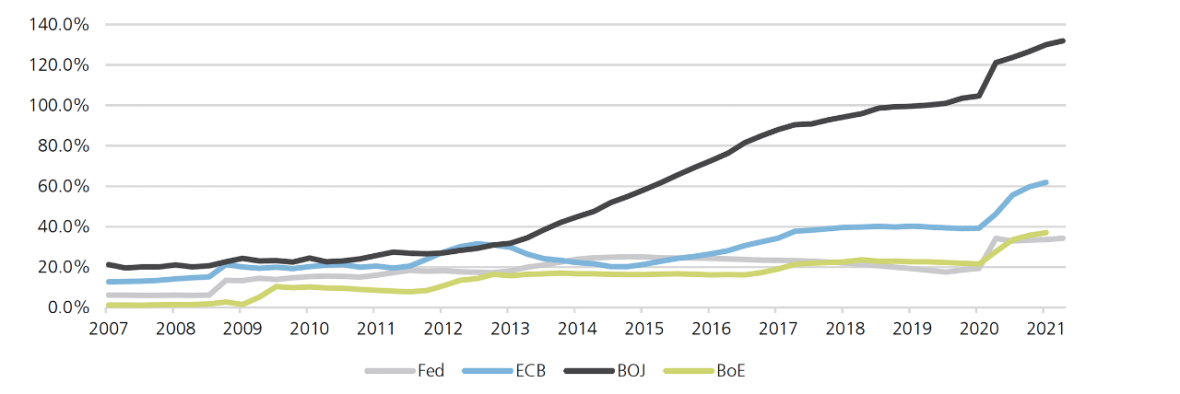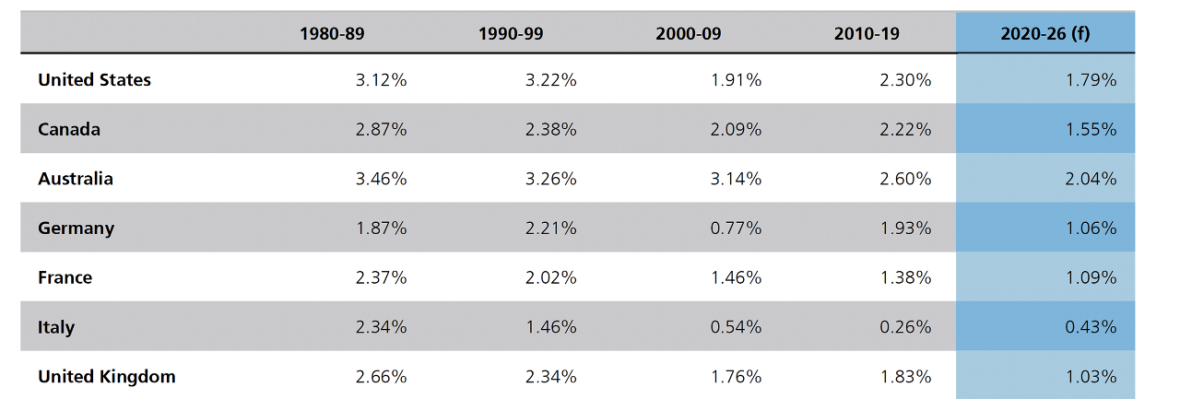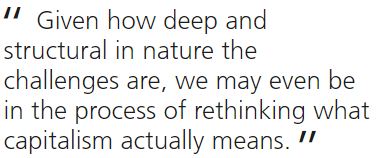Is playing golf dangerous? Here in the British Isles, probably not; hypothermia being the most likely serious risk to players — even in summer if this year is anything to go by. Elsewhere though it’s a different story. Confined to these shores for another summer my mind wanders to freer times spent on the Florida Gulf Coast. Not only is sunburn a more serious risk but searching for a wayward tee-shot hit wildly into the lagoon-side long grass offers an altogether more potent threat — alligators. It does help focus the mind, if not the accuracy.
As I would prod uneasily into the tall grass with the longest club in the bag, probing for my ball (or snapping jaw), my wife, by her ball far ahead in the middle of the fairway, would shout advice. The gist was that as a hungry alligator can react and run much faster than a human over short distances I should run away in a zig-zag in a surprise meeting. I think the idea was that, being low to the ground with a leg at each corner, sudden changes of direction were difficult for a ‘gator and I could effect my escape (at the cost of a dropped shot according to Mrs. G).
Not liking my chances in alligator wrestling I was always quick to declare a lost ball, and I never got to test the zig-zag theory, but I often pondered the wisdom. So, being stuck at home in the dog days of this August, I had the chance for proper research. Only a few moments online and dailyhomesafety.com tells me plainly (and in large bold letters for emphasis); “Let’s make it clear: if an alligator is chasing you, you should always run away in a straight line — as fast as you can. By running in a zig-zag you increase the chance of being caught.” And so another urban myth was taken down by the internet.11 For the sake of marital harmony I like to think my wife had not checked dailyhomesafety.com herself.
Some myths die harder
Unfortunately, some myths must be unpicked in rather more painful and destructive fashion. In November 2008 Her Majesty The Queen visited the London School of Economics to open a new building. For the economics profession the timing was unfortunate, coming just weeks after the Lehman Brothers bankruptcy and the UK government rescue of RBS and Lloyds Bank. During a briefing on the calamitous chain of events that brought the global financial system to near ruins the Queen was apparently moved to ask, “If these things were so large, how come everyone missed them?”2 Quite.
A few months later a broad group of leading academics, politicians, members of the Bank of England, finance journalists and investment bank economists rose to the challenge and attempted to answer the question in an open letter to the Queen.3 Any attempt, in just two-and-a-half pages, to admit all the hazards hidden in the long grass in the run-up to the Great Financial Crisis (GFC) could hardly be called definitive, but the authors made a decent and honest stab at it. They zeroed in on four areas:
- The global savings glut — as they called it — and very low returns on safer long-term investments which led many investors to seek higher returns at the expense of greater risk
- That inflation remained low and gave no warning sign the economy was overheating
- The failure to see collectively a series of interconnected imbalances over which no single authority had jurisdiction, combined with the psychology of herding and the mantra of financial and policy gurus
- And ultimately that the crisis was principally a failure of the collective imagination of many bright people (their words), globally, to understand the risks to the system as a whole
So, perhaps inadvertently, Her Majesty helped in the very public debunking of several myths at once
2 As recounted by Professor Luis Garicano, director of research at the LSE. He replied “At every stage, someone was relying on somebody else and everyone though they were doing the right thing.” https://www.telegraph.co.uk/news/uknews/theroyalfamily/3386353/The-Queen-asks-why-no-one-saw-the-credit-crunch-coming.html
3 Even more than 10 years later this piece is still worth a read and relevant today: https://www.ma.imperial.ac.uk/~bin06/M3A22/queen-lse.pdf
And some myths play on
Although the letter slayed a few of the myths of policy-making (and efficient markets) that unravelled in 2008, surveying the investment landscape today one cannot help but wonder if others have proved more enduring. If it is true that history doesn’t repeat itself, but it does rhyme, there are aspects of the world today that will feel eerily familiar to investors who lived through that crisis.
One striking lesson from the time was that the price stability targeted by central banks did not, in itself, generate financial stability — a period of very low and stable inflation did not lead to a new era of financial prosperity. Ironically, in fact, a long period of macroeconomic stability and exuberance in asset prices and credit markets helped build up instability in the financial system.
Many central banks in the world support an even more activist approach to price stability today (their inflation targets) than in the run up to the GFC — Chart 1 highlights the extent to which central bank balance sheets — a proxy for the supply of money — have increased. This trend quickened during the global pandemic as central banks, rightly, gave life support to economies in lockdown. But the point is, if the financial cycle is heavily influenced by monetary policy, then that influence is far greater today than before the GFC. It would be extremely dangerous to assume that very easy monetary policy today does not bring the potential for broad macroeconomic shocks later.
Chart 1: Total assets of Central Banks4 (% of Nominal GDP5)

Chart one shows the dramatic growth in total assets of the US Federal Reserve, European Central Bank, Bank of Japan and Bank of England, as a percentage of Nominal GDP between 2007 and April 2021. It highlights the extent to which central bank balance sheets, a proxy for the supply of money, have increased.
I do believe that central banks are completely alive to these risks and that the bad side effects of unconventional monetary policy for financial stability (and inequality) are important in their thinking around policy choices. It’s just that in a world of below target inflation and zero policy rates the idea that ‘There Is No Alternative’ means central banks (and therefore we) walk a tightrope. Sometimes, the problem is just knowing when to stop.
After all, as Chart 2 illustrates, the global savings glut, where private sector savings exceed desired investment, and so drive very low interest rates, is still a fact of life. It has been a key reason behind progressively lower real growth rates around the world over the last 30 years. I referred to Table 1 earlier this year to make the same point that, based on IMF data, average forecast growth rates from 2020-26 will be lower than each of the preceding four decades.6 Clearly, in the IMF’s view, developed economies will be facing the challenges posed by low aggregate demand for many years to come.
Chart 2: US, UK and German 10-Year real yields

Chart two shows the decline in US, UK and German 10-Year real yields between the 2000 and 2021.
Table 1: Annual real GDP growth rates (average)

Table 1 shows average GDP growth rates for the US, Canada, Australia, Germany, France, Italy and the UK between 1980 and 2019. It also shows the IMF’s growth forecasts for these countries out to 2026. The table indicates that growth over the next five years in likely to be lower than in each of the preceding four decades. Even the US, despite huge central bank stimulus, is likely to average just 1.79%, well below the levels of the late 1990s. Clearly, in the IMF’s view, developed economies will be facing the challenges posed by low aggregate demand for many years to come.
And Chart 3 highlights just how much large imbalances are still a factor for the global economy. Debt levels remain at record high levels not just in absolute terms but, more importantly, relative to output.
Chart 3: Global debt (USD) as a percentage of GDP

Chart 3 shows the growth in global debt, in US dollars and as a percentage of GDP, between the years 2014 and 2021. It highlights that debt levels are at record levels not just in absolute terms but also relative to output.
Play the ball as it lies…
So in summary, we must learn to live with an expansive monetary policy framework with a relentless focus on price stability that might in fact contribute to systemic risk: very low real growth rates and associated yields that drive investors out along the risk curve; and global imbalances that in some ways are larger than 2008 and still unresolved.
To be fair, not every shot hit since 2008 still lies dangerously in the long grass — some sit proudly on the fairway, and meaningful steps have been taken to clean up some risks. For banks this means stronger solvency levels, counter-cyclical capital buffers, liquidity and stress tests to help build resilience. Centralised clearing and better reporting have helped reduce risks in some derivative markets.
But ongoing innovation brings risk and complexity anew. The central banks and regulators that drove these reforms had probably not imagined the crypto-exchange traded funds, meme-stocks, high frequency-algo-trading, weapons-grade day-trading accounts and SPACs7 to come. We know markets are not always in equilibrium or efficient, but can be opaque and interlinked in ways that are not fully imagined by regulators, policymakers and investors. High leverage, funding mismatches, complex and opaque funding structures and off-balance sheet liabilities create problems for the assessment of market efficiency.
7 Special purpose acquisition company (SPAC): a shell company with no commercial operations that is formed only to raise capital through an initial public offering (IPO) for the purpose of acquiring a private company without going through the traditional IPO process.
…but bring a new club
Perhaps there is an even more fundamental problem. In the US, UK or Europe I imagine — if asked — many people would describe their economies as capitalist, or market economies, where pricing and investment flow from the interactions of private citizens and businesses for profit. I just wonder how valid a description that can still be, in a world where the combined balance sheets of major central banks total USD 25trn8 and bond markets are routinely used as a policy tool; and where prices and yields are no longer set by a freely trading liquid market based on fundamentals;9 and where some economies teeter so close to deflation that aggressive monetary expansion is the only answer; and where bad news on the economy can lift markets in expectation of more central bank largesse.

It is not to say these interventions are wrong, far from it — much of the GFC and pandemic response was crucial — it’s just that, given how deep and structural in nature the challenges are, we may even be in the process of rethinking what capitalism actually means. You might choose a different club from the usual if you now have to shape your shot over a wide alligator-infested swamp just to hit the fairway.
An already lengthy post means I must leave that question for another day. Of course, identifying and writing about these risks is one thing (the easy thing) but knowing when and in what form they will show, quite another. For now, I simply advise staying with some time-honoured approaches: diversification, avoiding the overly complex or the ‘black-box’, being wary of leverage in illiquid positions, stress testing portfolios and staying alive to the changing environment — keep to a straight line, not a zig-zag.
My colleagues in Investment Solutions also recently published their latest ‘Five-Year Capital Markets Assumptions’ which is always worth a read, and indirectly addresses the consequences for asset prices of some of these issues.
I certainly cannot fault the title; ‘No Place to Hide’. Those teeth, those teeth…..
8 Source: Haver Analytics, UBS
9 And that includes most sectors of the bond market, not just government bonds; covered bonds, corporate bonds, mortgages and well beyond are often all part of the quantitative policy tool-kit

